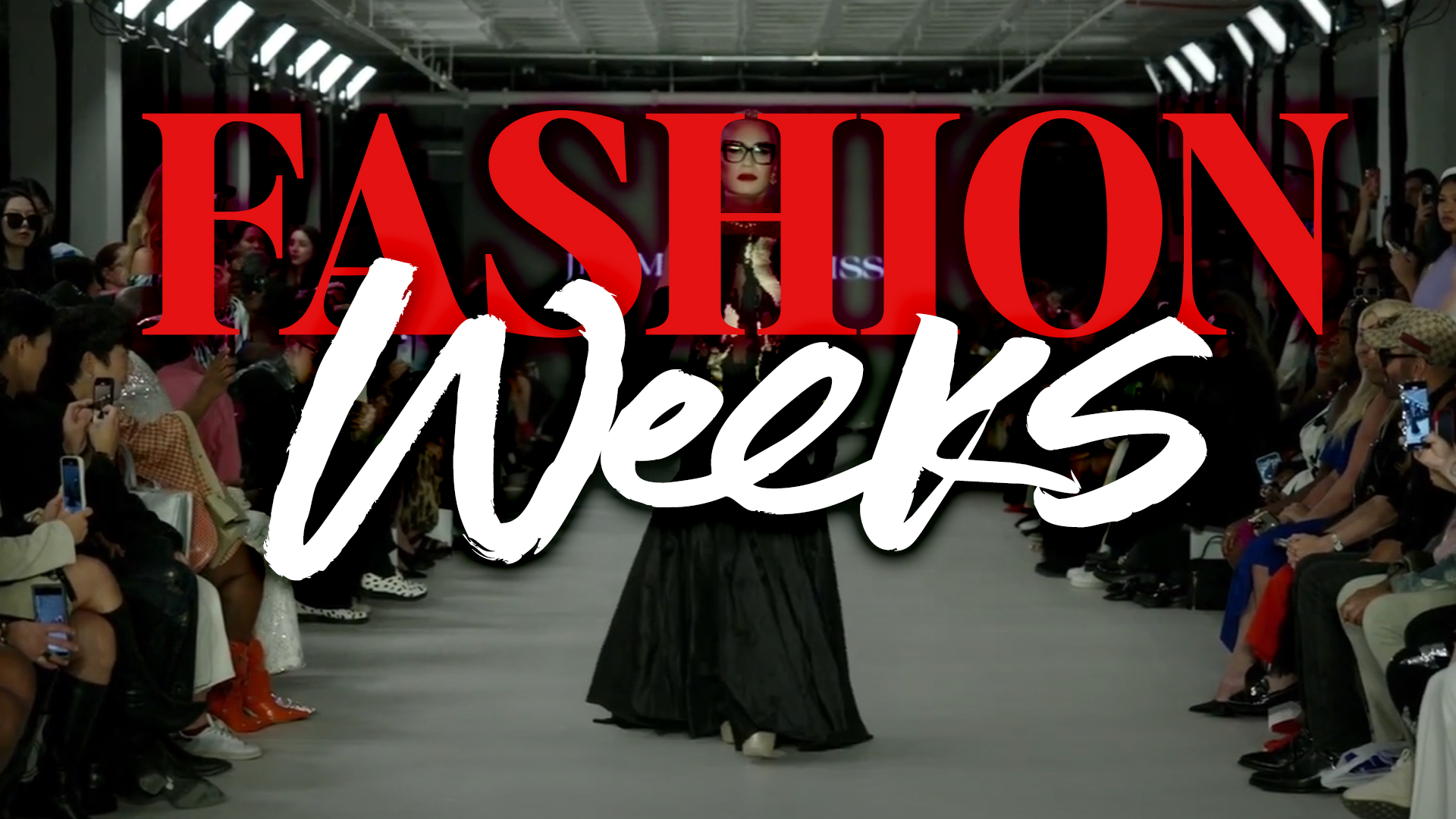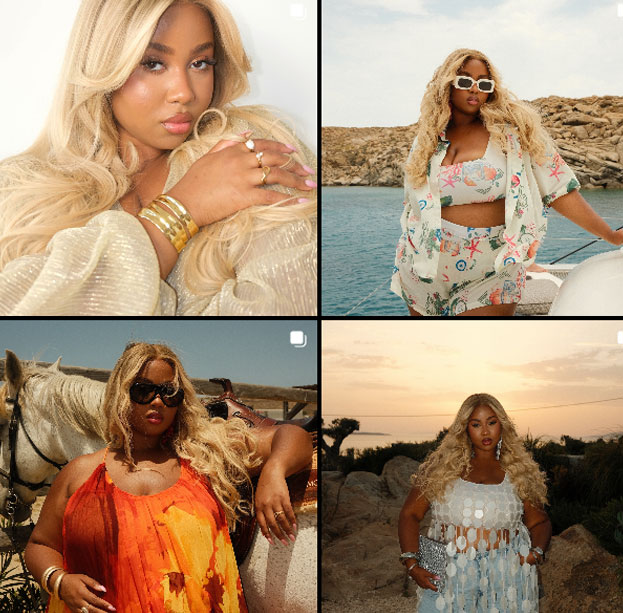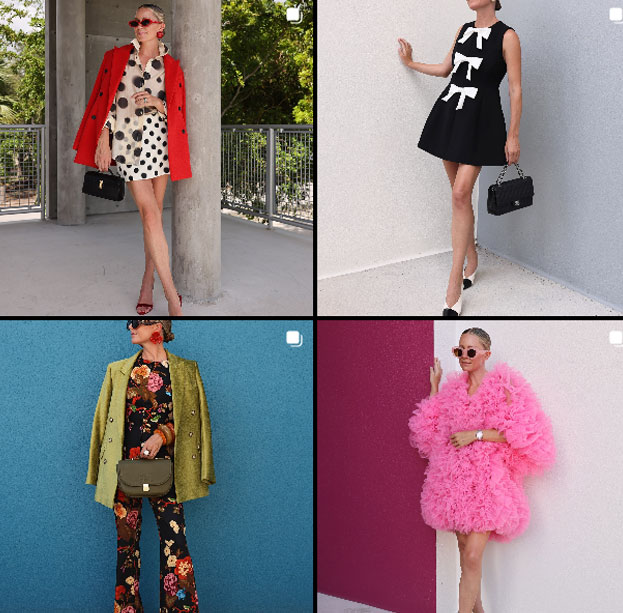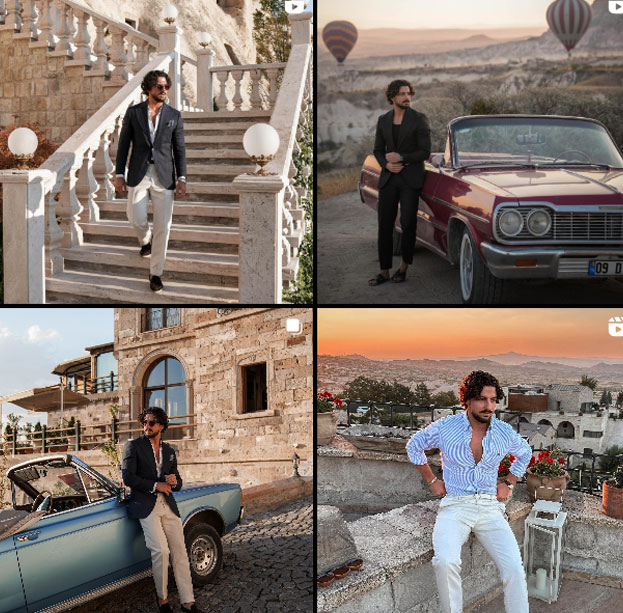In the realm of advertising and marketing, fashion serves as a prominent influencer. As the fashion capitals of the world, New York, Paris, London, and Milan, host their respective fashion weeks, it is an opportune moment to explore the diverse ways in which fashion can impact and inspire marketing strategies.
1. Visual Aesthetics:
- Color Palettes: Fashion trends often dictate the upcoming popular color palettes. Color plays a crucial role in shaping visual aesthetics of fashion and influences various aspects of visual culture. Advertisers can leverage popular colors to create visually appealing and modern campaigns that resonate with consumers.
See Pantone’s insight on fashion + color here.
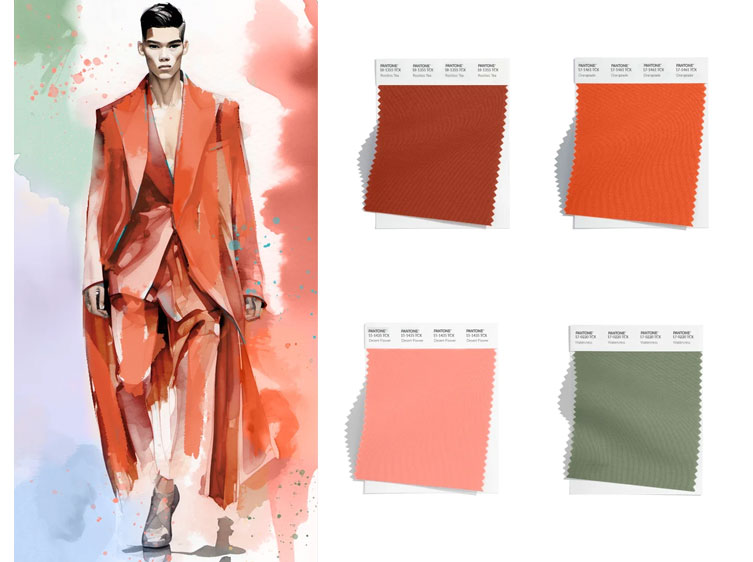
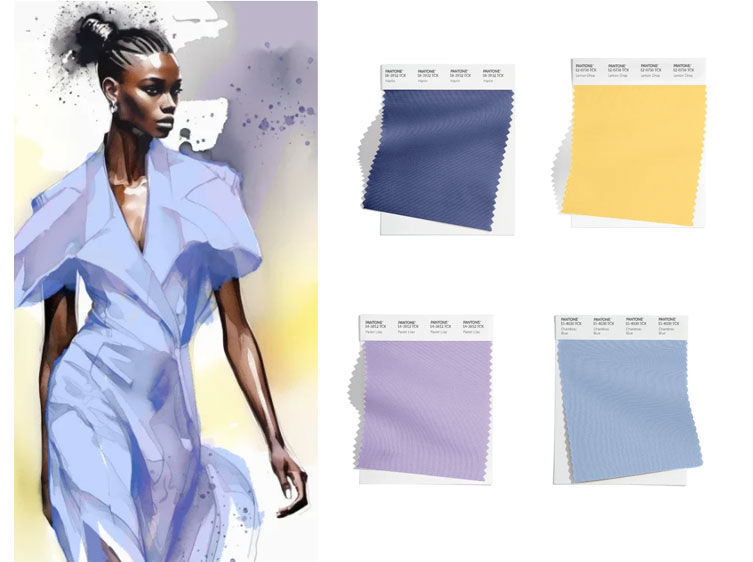
- Shapes & Patterns: Along with fashion setting the new color trends, it often dictates what patterns and shapes we begin to see in advertising and marketing. From the bold use of polka dots to the subtle use of floral patterns, however the fashion industry leans will tend to be mirrored in marketing and advertising campaigns.
Take a look at bold prints via Plumager.
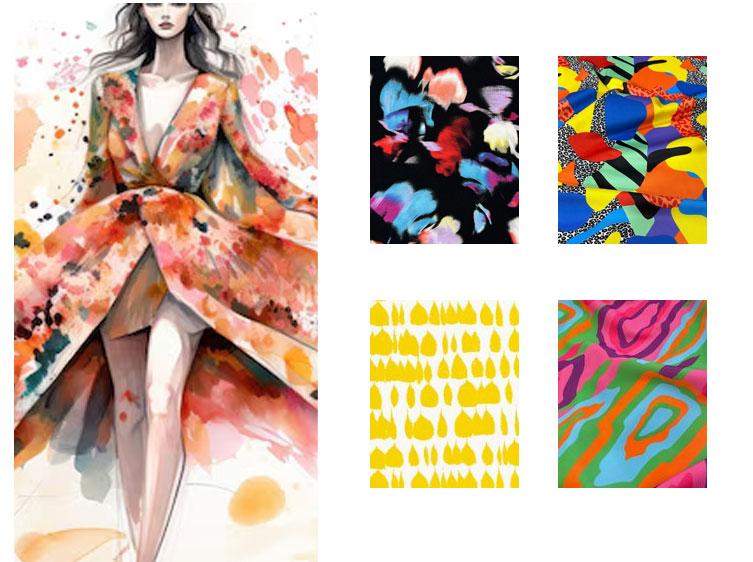
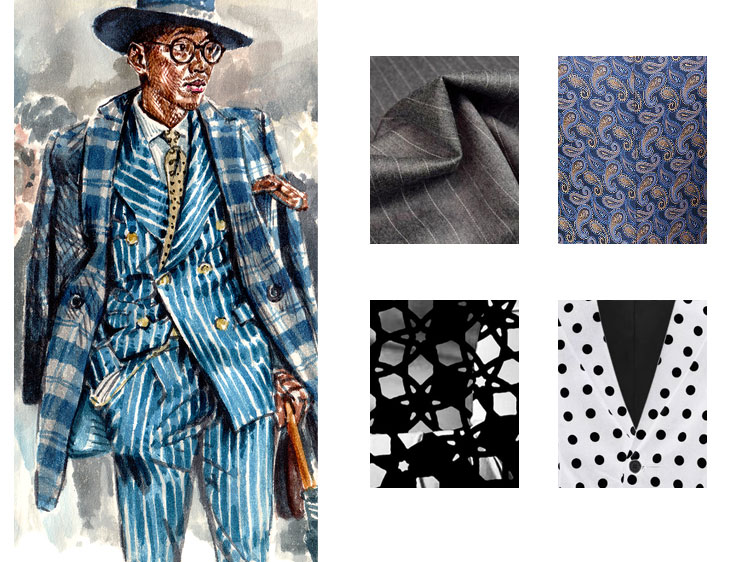
- Fabrics: Designers’ selection of fabrics send a distinct message. Soft, flowing fabrics evoke warmth, comfort, and ethereal whimsy. Conversely, textured and stiffer fabrics convey a more serious or stoic tone. Advertising creatives utilize these same techniques to set a mood and influence consumer perceptions. As we observe these choices in fashion trends, we often incorporate them (often subconsciously) into our marketing strategies, subtly aligning our campaigns with current fashion whether through the styling of sets or talent or the use of shapes and fonts that evoke similar feelings.
Check out how fabrics can be more inspiring than you thought here.
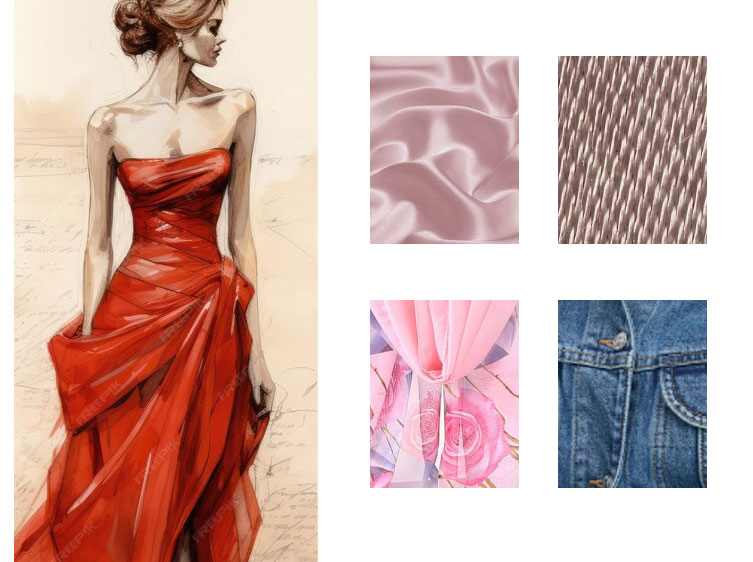
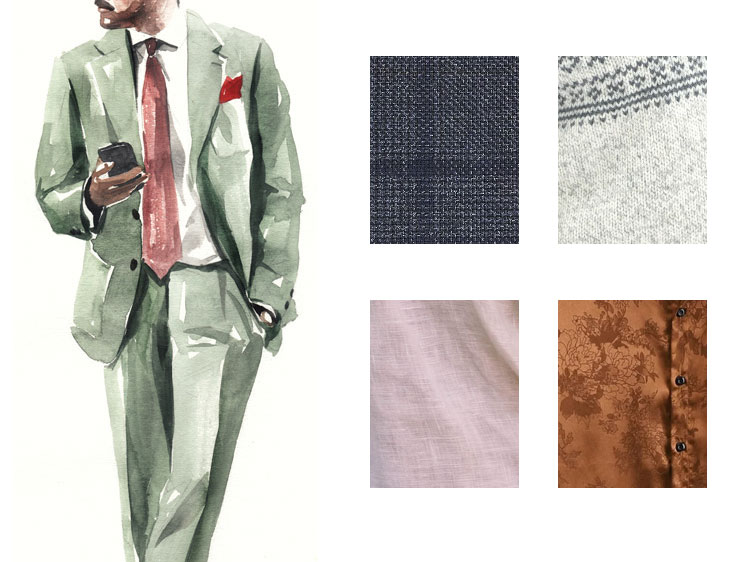
- Photography: Fashion photography captures the essence of fashion and style, often used in advertising and marketing. Fashion photographers employ various techniques and styles, such as high-fashion, street style, portrait, and product photography. They use black and white, color, natural light, and artificial light to create unique and visually appealing images. Fashion photography is a dynamic field that evolves with the latest trends. Since those trends don’t live in a vacuum, they inform our collective conscious and multiply.
Read photographer Matthew Cornell’s take on trends.
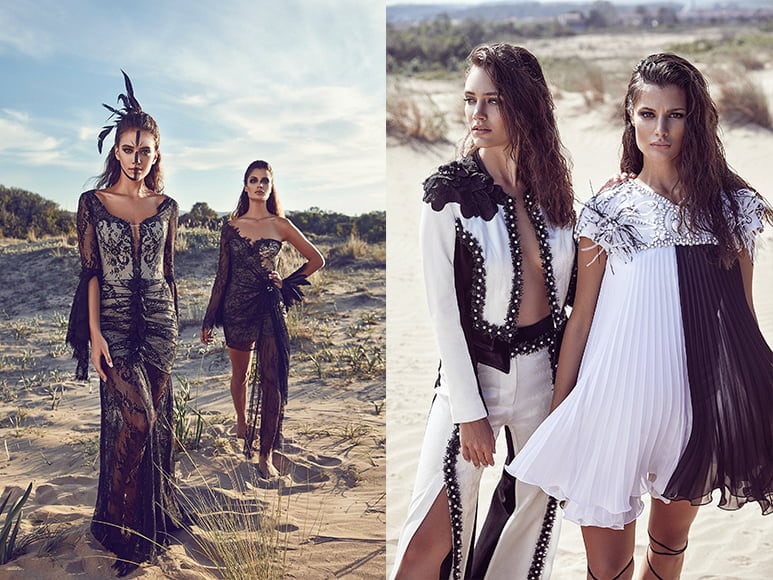
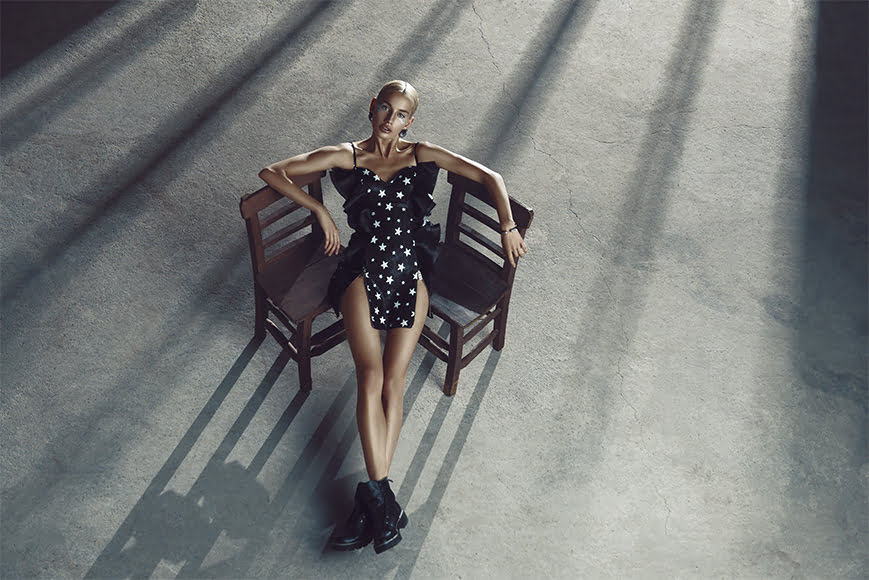
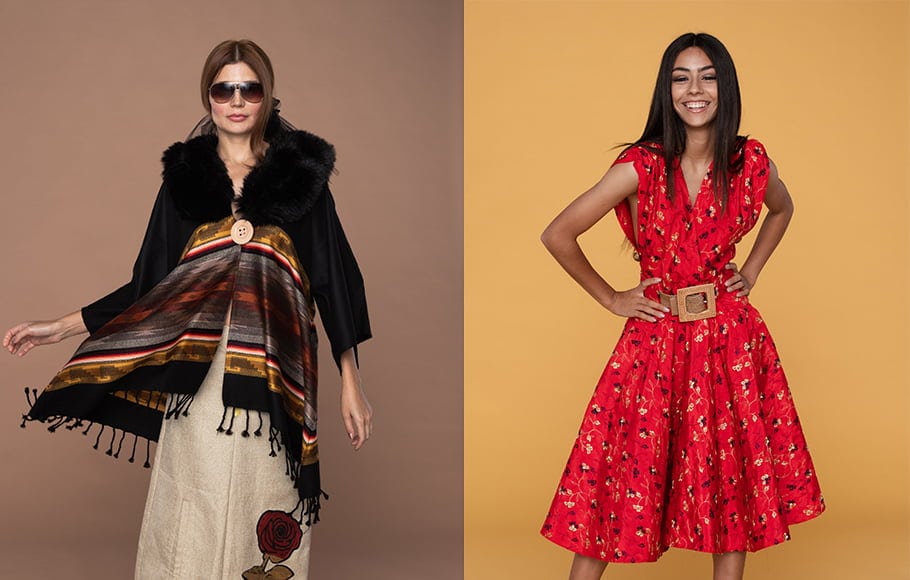
2. Storytelling:
- Narrative Elements: Fashion designers use clothing as a medium to express their vision and tell stories through their collections. Advertisers can take inspiration from this approach by incorporating narrative elements into their campaigns. This can lead to more engaging and memorable content that connects with consumers on an emotional level. By creating content that resonates, advertisers can increase brand loyalty and ultimately drive sales.
This is a good read from IFD on the art of conscious brand storytelling.
- Emotional Connection: Fashion has the remarkable ability to evoke powerful emotional responses in consumers. From feelings of belonging, aspiration, nostalgia, empowerment, and more, this same emotional connection can be harnessed by advertisers to create captivating campaigns that deeply resonate with their target audience. Messaging and visuals that speak directly to the hearts and minds of consumers can significantly influence consumer behavior, driving brand loyalty and purchase decisions.
See Trulery’s insight on the intersection of fashion + psychology.

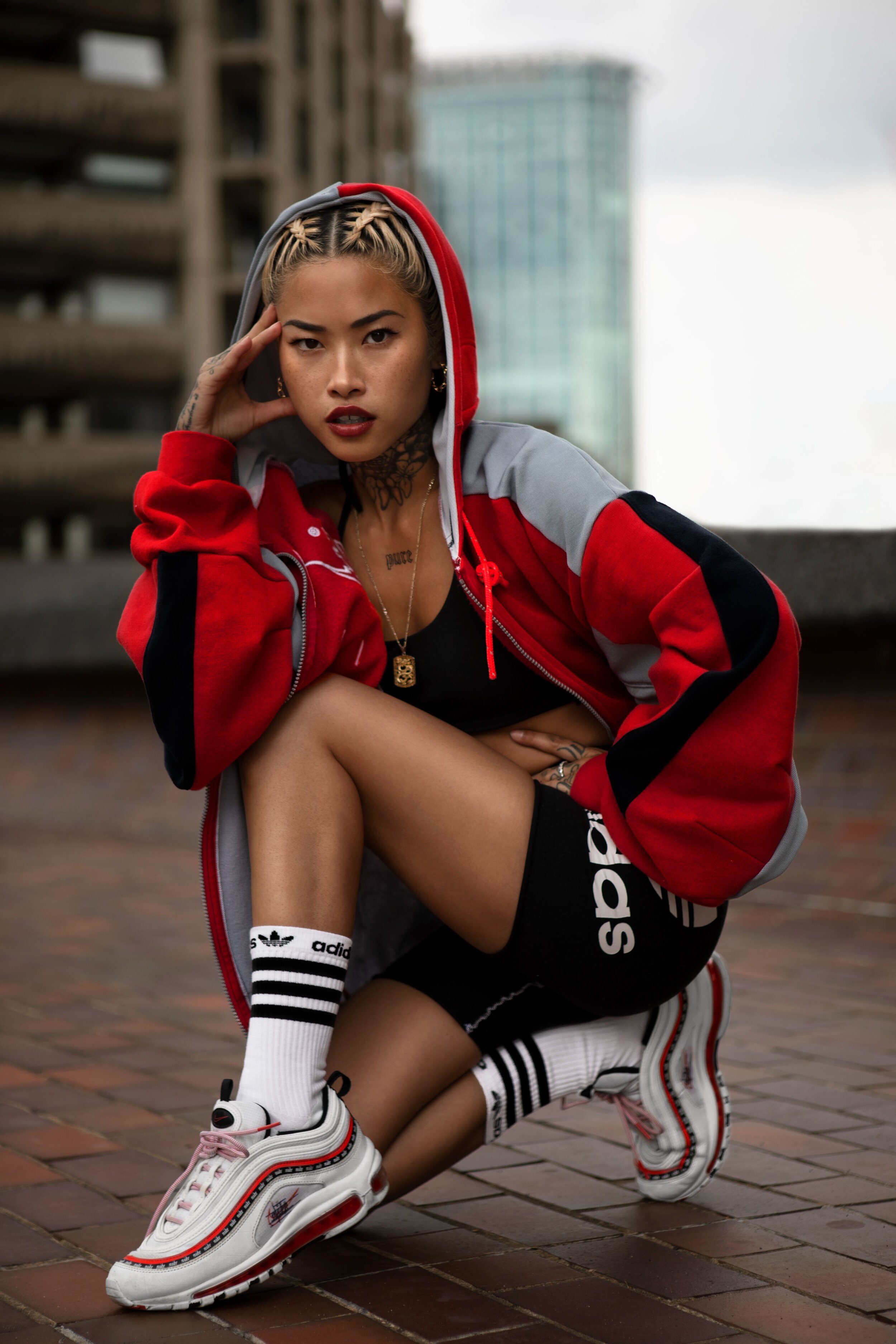

3. Influencer Marketing:
- Fashion Icons: Fashion influencers and celebrities have a significant impact on consumer behavior, as they often set trends that are quickly adopted by the masses. Brands recognize the power of these influencers and leverage their influence to promote products and reach a wider audience. By partnering with influencers, brands gain access to a large and engaged following, allowing them to effectively communicate their brand message and drive sales. This mutually beneficial relationship allows influencers to monetize their influence while providing brands with a cost-effective and targeted marketing channel.
Fashion United shares 10 fashion influencers to follow.

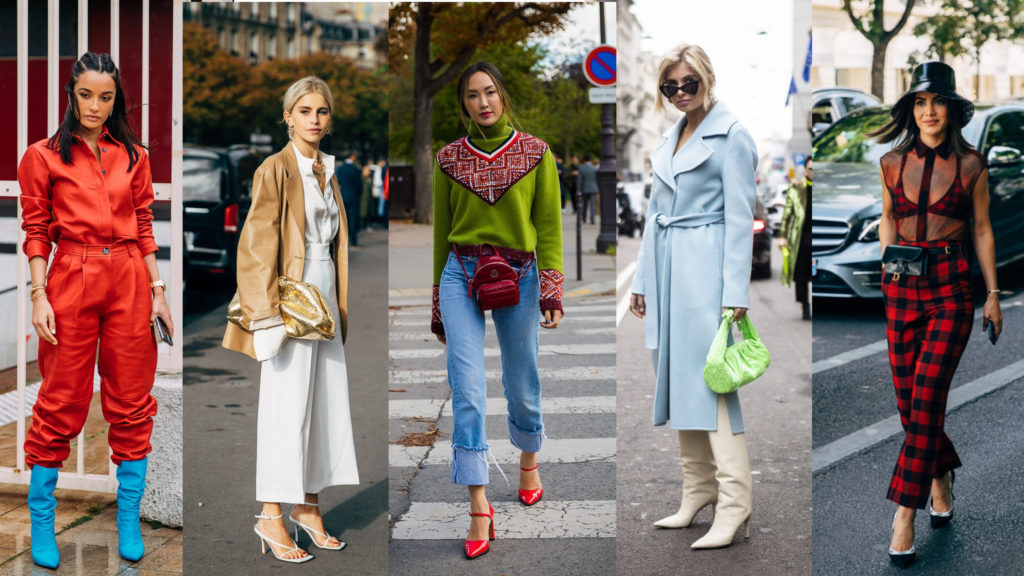
- Social Media: Fashion influencers leverage social media platforms as powerful tools to exhibit their unique style and forge connections with their followers. By sharing captivating content that showcases their sartorial choices and collaborations with brands, these influencers establish a robust online presence. Their carefully curated posts, videos, and stories captivate audiences, inspiring them to emulate their style and consider purchasing the featured products. As a result, fashion influencers significantly impact consumer behavior, shaping purchasing decisions and driving trends within the industry.
Here’s a list of 150 top fashion influencers from Amra and Elma.
4. Consumer Behavior:
- Desire for Trends: Fashion trends hold a significant influence on consumer behavior, as individuals frequently seek to align their attire with the prevailing styles. This trend-conscious mindset presents an opportunity for advertisers, who can leverage the popularity of current trends to promote products that resonate with consumers. By incorporating elements of trending styles into their marketing campaigns, advertisers can effectively capture the attention of fashion-forward individuals, encouraging them to make purchasing decisions that align with their desire to stay up-to-date with the latest looks. This strategic approach allows advertisers to tap into the powerful influence of fashion trends, driving brand recognition and boosting sales.
The impact of fashion on consumer behavior and trends is profound. To create more effective and engaging campaigns that resonate with their target audience, marketers and advertisers must comprehend the influence of fashion on our industry.
Keep up with the latest Fashion with these fashion weeks:
